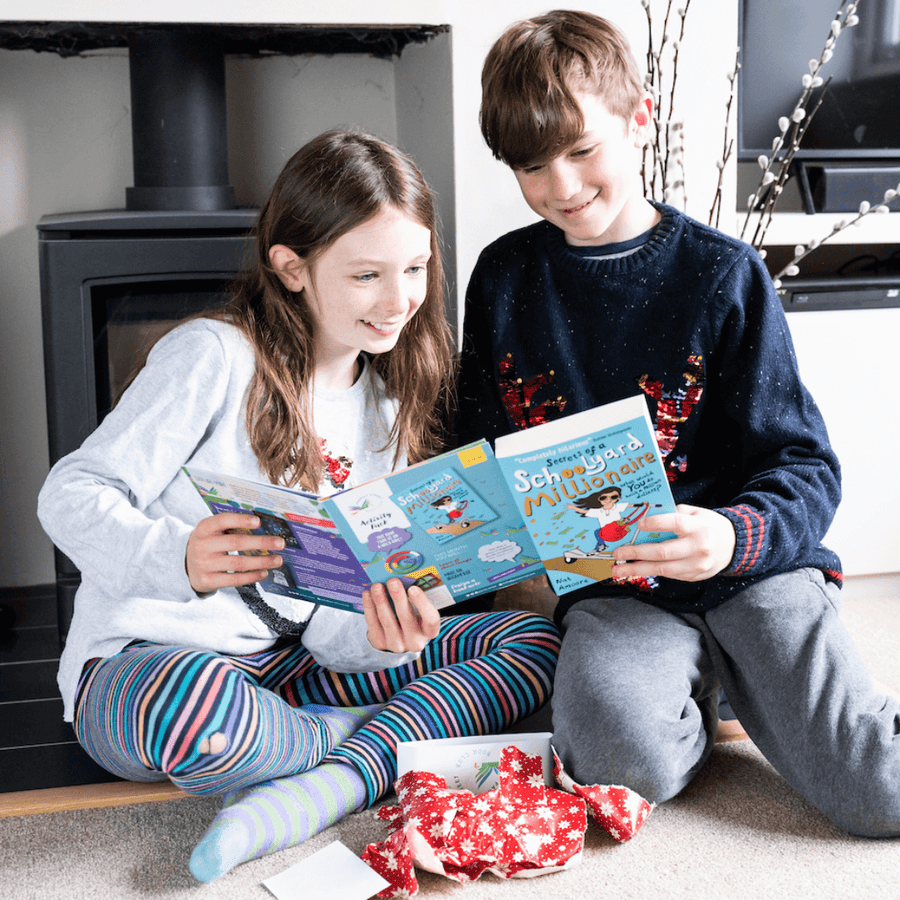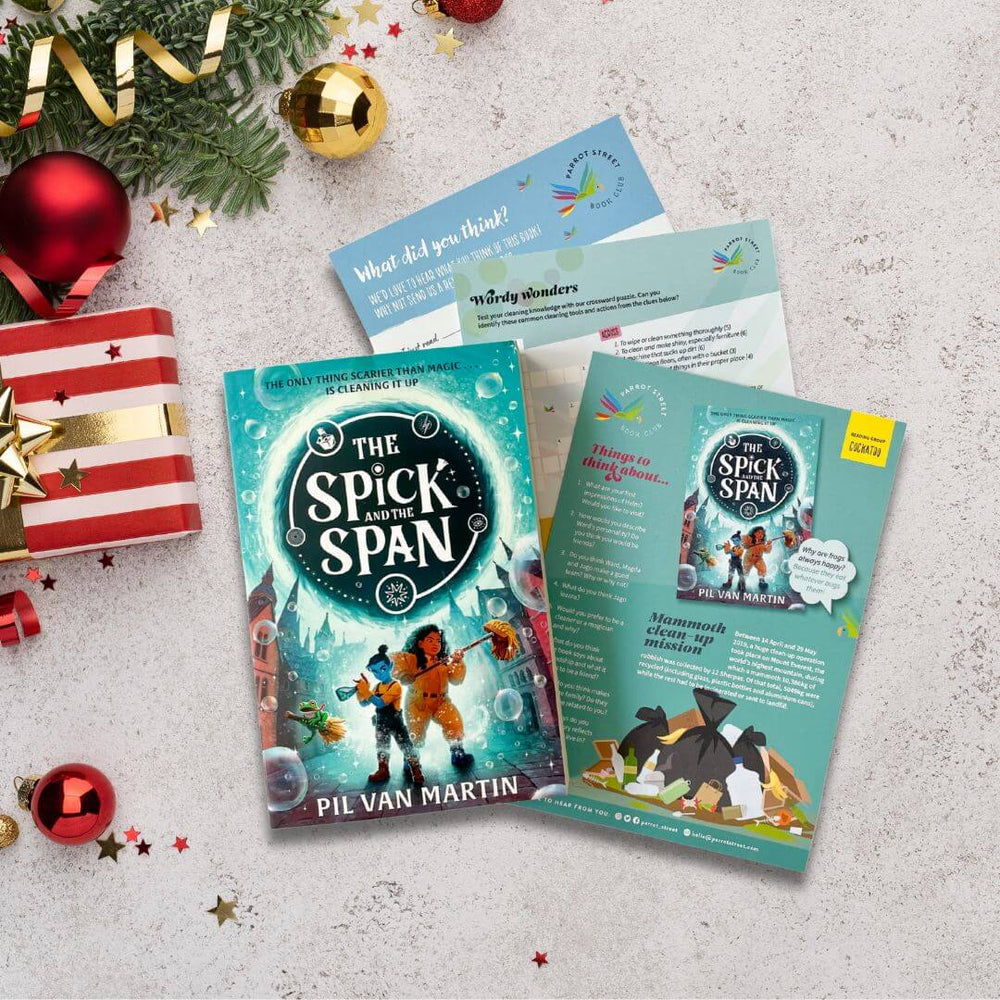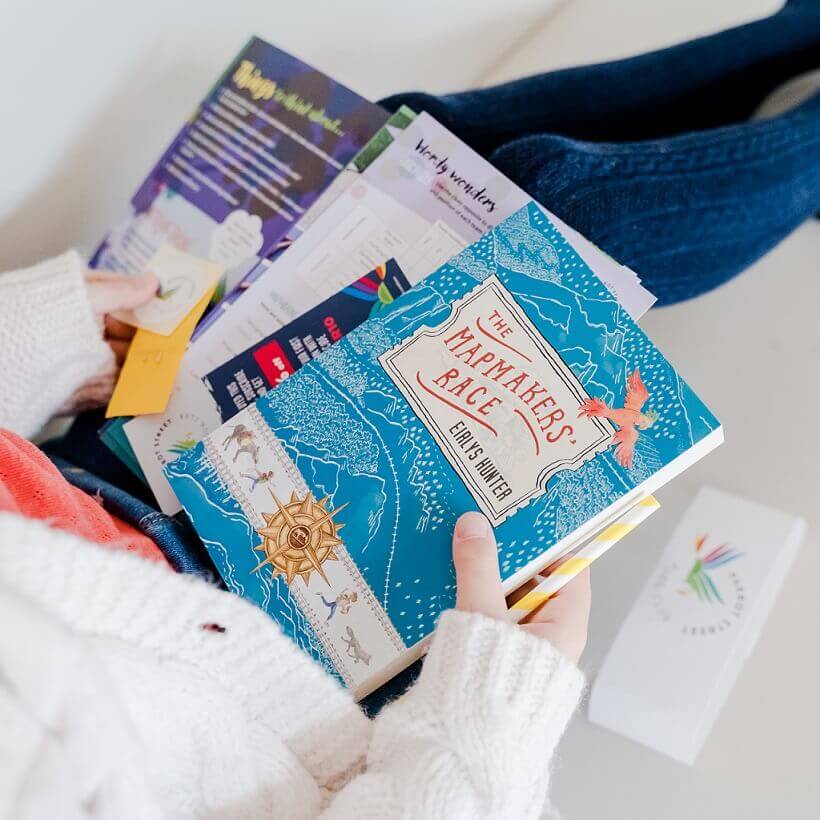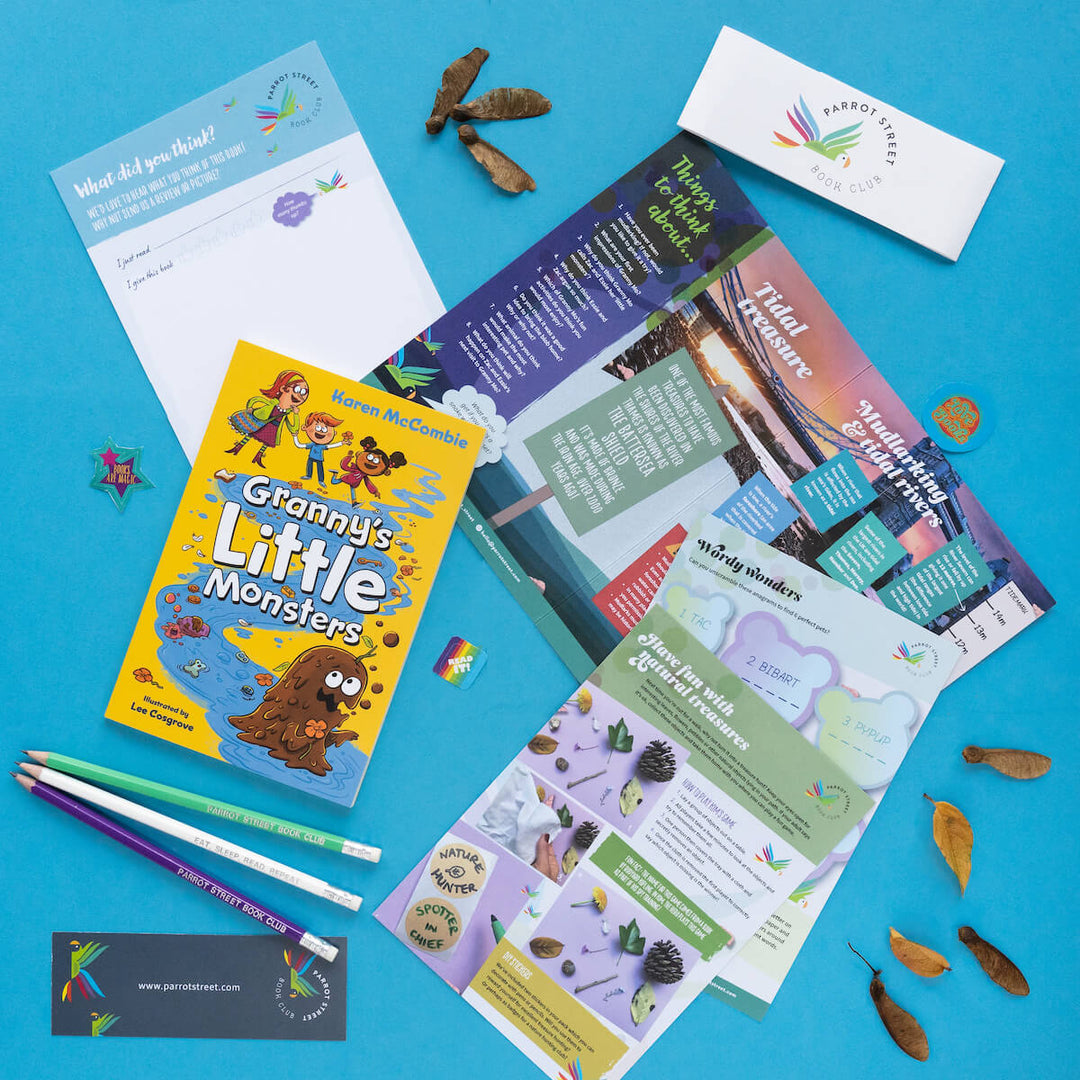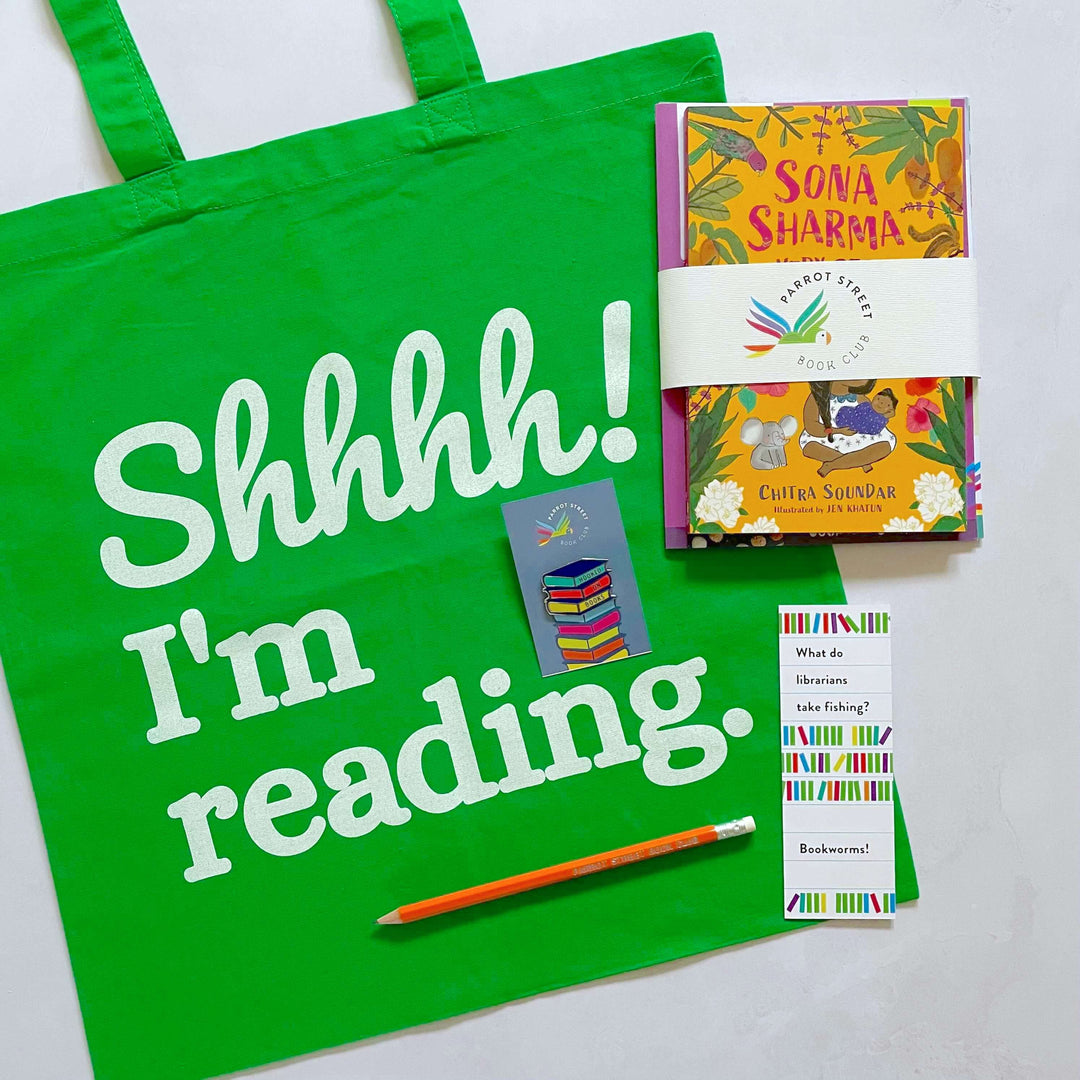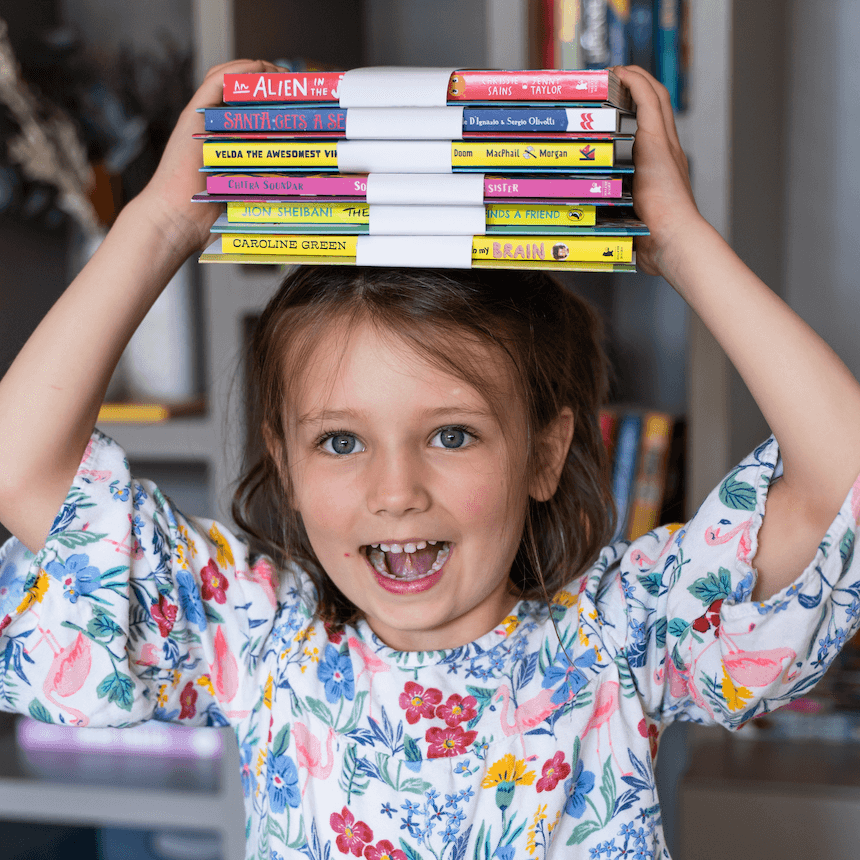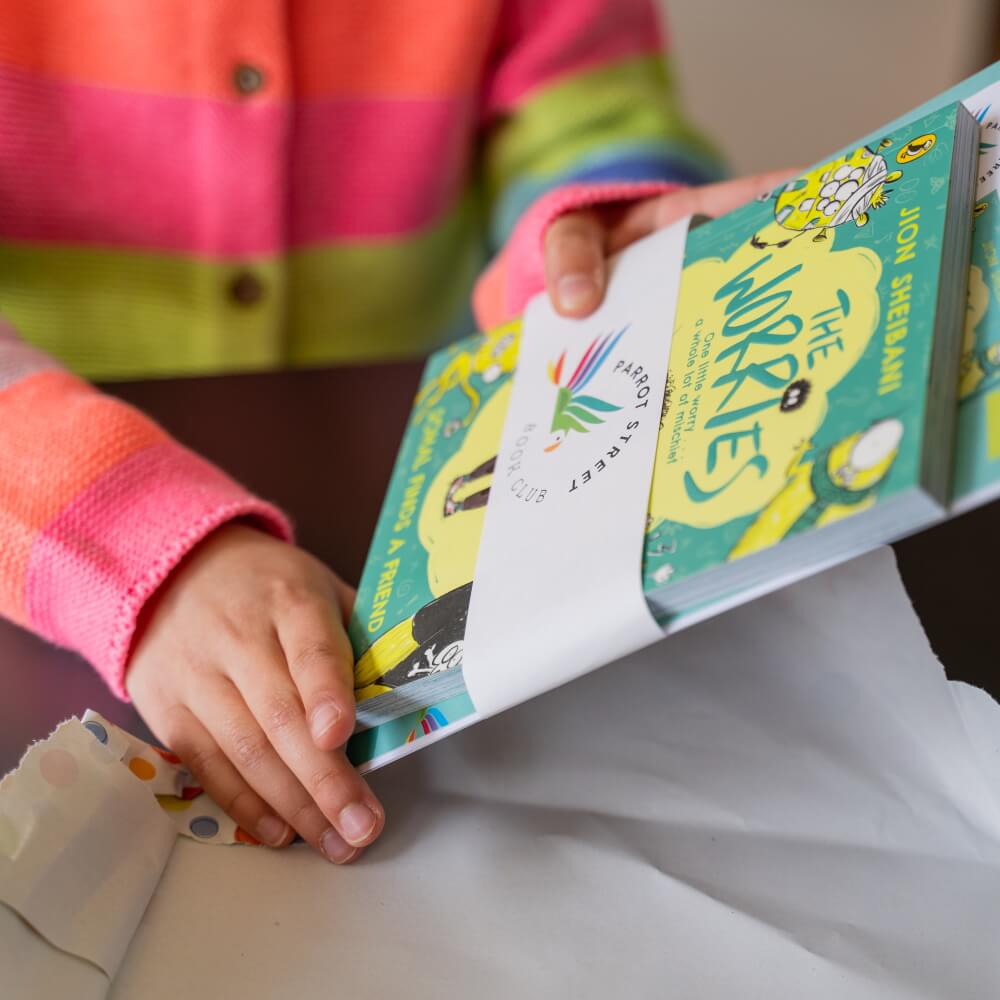Victoria Williamson on War of the Wind and environmental books for kids

What inspired you to write War of the Wind?
War of the Wind was actually my mother’s idea. I was having dinner with her one night, when she said out of the blue, “Oh, I came up with an idea for a book for you today – it’s about wind turbines sending out secret signals, and it’s called War of the Wind.” She hadn’t developed the idea any further than that, but I loved the concept, and it planted the seed that grew into the final novel. Wind turbines had always seemed a little spooky to me, reminding me of the TV show and film adaptations I’d seen of The Tripods and War of the Worlds when I was a child. Every time I saw wind turbines on the horizon after that, I thought about what they might be ‘whispering’ to us, and what those secrets signals might be used for.
Are any of the characters or elements of the story based on real people or events?
Although the island of Scragness is entirely fictional, there are some parts of this story that are based on real life. The main characters – Max, Beanie, Erin and David – are a mixture of some of the many children I’ve taught over the years in various schools. Before I became an author, I worked with children with additional support needs, and I think it’s really important that all children get the opportunity to see characters like themselves taking centre stage in the action of a story. The issues that these characters have to deal with – navigating secondary school, trying to fit in and make friends, and coping with bullying – are ones that I think many children are familiar with in the real world. This means that even though the sci-fi elements of the book are made up, the story still has a ‘real-world’ feel to it.
What do you hope young readers will take away from the story and how it unfolds?
People often underestimate what children with various disabilities and additional support needs are capable of doing, and assume that because they need help in one or more areas, then they must need help with everything, or are limited in terms of what they can achieve. I wanted to give the four main characters in this story a chance to show exactly what they could do – which turned out to be saving the day! Even though Max gets annoyed by people making assumptions about him because he’s deaf, Max himself is guilty of underestimating the abilities of other pupils in his additional support needs class – in particular Beanie and David. He assumes that David is less intelligent because he can’t talk, uses a wheelchair, and struggles to control his limb movements, but then Max discovers that David is actually the smartest boy in the class. The novel is written in the first person from Max’s point of view, so the reader goes on a journey with him as he learns about his own misconceptions, and realises that he has underestimated Beanie and David in precisely the same way that people underestimate him. Hopefully this will help readers to examine their own misconceptions about children with additional support needs, and to be less quick to make assumptions. I’d like readers to come away with a better understanding of various disabilities, to examine and question their own assumptions about what teenagers with disabilities are capable of, and to recognise that everyone has important contributions they can make.
Do you think the grown-ups in the story behave fairly towards Max? What, if anything, could they have done differently?
The adults have a bit of a hard time in this book! The lack of support for Max during the story is mostly because of the turbines’ secret signals, which make the adults so tired and grumpy they struggle to think straight. However, I think Max’s parents could have handled some things better. For example, Max’s father hasn’t been honest about his own dyslexia, and he refuses to write anything down or learn any sign language in case Max finds out about it. This leads to Max misunderstanding his motives, and thinking that his father isn’t interested in him anymore. Also, his parents clearly haven’t discussed the new baby with Max beforehand in a way that makes him feel included in his family’s decisions. This leads Max to feel like his parents have replaced him with a ‘perfect’ baby after he was ‘damaged’ in the boating accident. If the adults in the story had been more honest and open from the start, Max wouldn’t have felt so lost and alone.
Can you tell us anything about what the future holds for Max and his friends?
Ooh, that’s a secret for now! I can tell you that there is a return to Scragness Island in the works, and that Beanie will be taking centre stage in the action. While the wind turbines will be behaving themselves this time, something very strange will be going on with the island’s birds…
Why did you choose to write books for this age group?
I loved children’s books when I was young. They were passports to other countries, secret doorways to magical worlds, and time machines to the past and the future. As an adult, I wanted to help young readers experience that same sense of mystery and adventure that I felt when I read books as a child, and that was why I chose to write for this age group. I’ve been lucky enough to visit many schools on author visits over the last few years, and it’s been wonderful to see that despite all the digital distractions children and teenagers have on offer these days, they’re still just as enthusiastic about books and stories as ever!
Do you have a favourite place to write?
I need silence and solitude to write, so I’m definitely not someone who can write in public places like coffee shops and libraries! I like to write at home on the sofa so that I’m within easy reach of the kettle in the kitchen. If I get stuck while writing a tricky passage, then I get up and make a cup of tea to give my brain a few minutes to rest. This usually helps me make a fresh start when I sit down at the computer again, but it can mean I drink far more cups of tea than is good for me each day!
Which other books for this age group with environmental themes would you recommend our subscribers read next?
In Lindsay Littleson’s book, The Rewilders, two children have to overcome their differences on their secret journey across the Scottish Highlands to return a young lynx to the wildlife park she was accidentally stolen from. It’s a wonderful story of friendship which helps children to understand both sides of the rewilding debate.
Sky Dancer by Gill Lewis is a moving tale of a boy dealing with loss and trying to cope with change, with a strong environmental theme woven through it. His village of Hartstone is divided over the fate of the hen harriers that nest in the heather on the moors, and the story tells both sides of the debate over the ‘management’ of estates and moors to preserve the numbers of grouse for the shooting season.
Nicola Penfold’s Where the World Turns Wild is a thought-proving dystopian novel. It tells the story of two children who leave a protected, walled city to travel through the wild world beyond on a brave adventure. It’s an ecological thriller with a powerful impact, reminding us we can’t save and protect an environment if we don’t take the time to understand it first.
You may also be interested to read our blog post: 6 cli-fi, eco-dystopian and eco-thriller novels for 12, 13 and 14-year-olds.
This post includes affiliate links to our bookshop.org page, meaning we receive a small percentage of the sale should you purchase through them. Additionally, a percentage from all sales on the platform goes directly to local UK bookshops which is an initiative we're delighted to support!
JOIN OUR EMAIL LIST
Children's book news straight to your inbox
We love sharing product updates, book recommendations, children's activity ideas and special offers via email.



